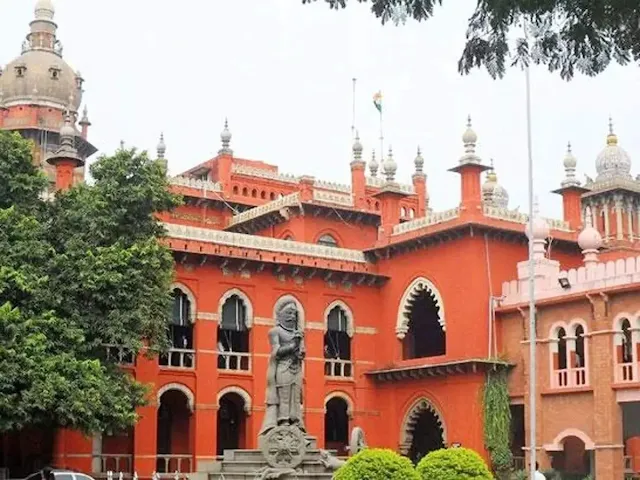In a landmark judgment, the Madras High Court has firmly asserted that the Enforcement Directorate (ED) cannot operate as a boundless investigative authority, but must restrict its actions to the parameters defined by law. The bench, comprising Justices M. S. Ramesh and V. Lakshminarayanan, made scathing observations to the effect that the ED is neither a “super cop” nor a “loitering munition”—and cannot act on mere suspicion or unverified allegations.
The case involved RKM Powergen Pvt Ltd, which challenged the ED’s order freezing ₹901 crore in fixed deposits under the Prevention of Money Laundering Act (PMLA). The court reviewed the sequence of events, tracing the matter back to a 2006 coal block allocation scandal. Although the CBI filed an FIR, it later submitted a closure report in 2017. Subsequently, a SPECIAL court ordered further investigation, which culminated in a CBI chargesheet in 2023. The ED then imposed asset freezes in 2025. The company contended that there was no legal basis for the order, as the predicate offence either lacked substance or had been previously investigated and closed.
Analyzing the issue, the High Court emphasised that ED jurisdiction initiates only when there exists a scheduled predicate offence along with proceeds of crime. Absent those, the agency has no lawful foundation to proceed. The court drew a vivid analogy: the ED is like a limpet mine attached to a ship; without a ship—that is, without an offence—it cannot detonate its jurisdiction. Acting otherwise would result in unrestrained and arbitrary investigation.
Moreover, relying on Section 66(2) of the PMLA, the High Court clarified that if ED uncovers additional legal violations in the course of investigation, it does not acquire authority to investigate those offences. Rather, it must report those findings to the appropriate statutory agency—such as the police or CBI—that is empowered to act. Only if that agency initiates proceedings can the ED lawfully extend its investigation, and even then, strictly in relation to proceeds of the predicate offence.
Mirroring its earlier reference, the division bench remarked that the ED could not seal properties unless a legal statute explicitly allows it. The TASMAC case involving producer Aakash Baskaran provided another example: while ED can conduct searches and recoveries under PMLA, it lacks independent power to seal premises, which led the court to demand legal justification and documentary clarity.
Ultimately, the Madras High Court quashed the freezing order against RKM Powergen. The bench ruled that ED had no jurisdiction in the absence of proper predicate offences or identifiable proceeds. The company was thus relieved from the asset attachment. The court further stressed that its decision spoke to a larger principle: agencies must act within their legal mandate, and cannot treat public trust as a license to investigate at will.
This ruling serves as a strong judicial rebuke of investigative overreach. By rejecting the notion of ED as a “super cop” or drone-like enforcer, Madras High Court reaffirmed the sanctity of legal procedure under the PMLA. The judiciary’s message is clear: investigation may be vigilant, but it must not be unbounded. Enforcement action must flow from legally defined triggers, not from executive discretion alone.
The decision is likely to influence future adjudications by drawing clear boundaries around enforcement agencies’ mandate. It highlights that procedural safeguards and constitutional guarantees must anchor every exercise of power—even in complex financial crime probes.
WhatsApp Group Invite
Join WhatsApp Community










0 Comments
Thank you for your response. It will help us to improve in the future.